‘West Side Story’ Shows a Fantastical World That Groans for Hope
Steven Spielberg’s remade West Side Story (2021) is one of the most stunningly beautiful and epic films I have seen in a long time. But more importantly, the new characters and dialogue add an entirely different layer of meaning to this beloved story—one that groans with longing for eternal reconciliation.
Musicals are a subgenre of fantasy
Before we get into the film itself, I’d like to offer a quick defense of musicals as fantasy. One of the fantasy genre’s key distinctives is the need for suspension of disbelief. This means people must let go of their knowledge that a story isn’t real or could never happen in real life. We need a little disbelief suspension for all fiction, because the story’s people and events aren’t real and never will be. However, we need much more suspension of disbelief for the fantastical and the musical.
I personally think of musicals as a subgenre of fantasy, based on the impossibility of spontaneous, synchronized singing and dancing compared to real life. We need a strong ability to suspend disbelief to enjoy something as unrealistic as the fluid, ballet-like street fights between the gangs in West Side Story.
My own West Side story
During middle school and high school, I was deeply involved in the performing arts—both choir and theater. I went on to earn a BA in theater arts. Although I loved both music and theater, the combination of both was my first love.
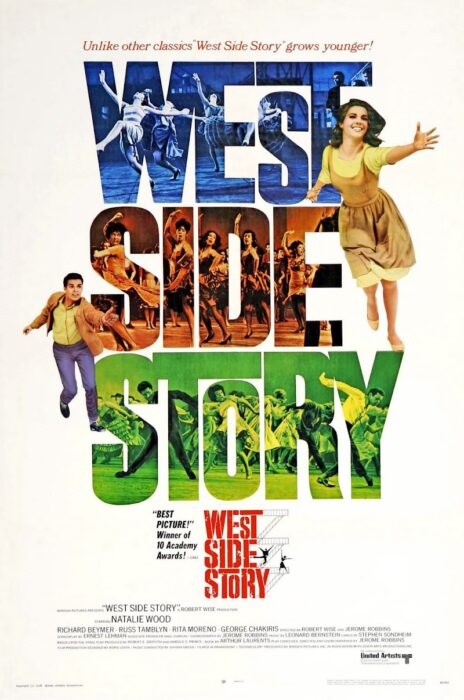
The original West Side Story film released in 1961.
It was at the young age of thirteen that I discovered the original West Side Story film.1 I quickly became obsessed. Since my parents were divorced and I spent exactly half of my time at each parent’s house, I was able to watch the entire movie after school every single day I went to my dad’s house (because he worked much later than my mom). My mom never knew about this habit of mine—and I only just confessed it to her a few weeks ago when we saw the new West Side Story together. I’ve probably re-watched that original film more times than any other in my life.
West Side Story reimagined
Fast forward to 2021. When I learned one of my favorite movies was being remade, instead of being horrified, I was ecstatic. I knew Steven Spielberg would do the film justice and likely even improve on some aspects. Although the original film still did a couple scenes better, I was not in the least disappointed in Spielberg’s version.
The man understands story structure and mechanics like a pro, and that knowledge shines brightly in his version. He discarded remnants of ethical discrimination from the 1961 original film that would have offended modern audiences (such as forcing Rita Moreno—an actual Puerto Rican woman—to darken her skin for the role of Anita). Spielberg also added multiple layers of backstory and character arcs with new dialogue. He replaced one original character, Doc the pharmacy owner, with the new character of Valentina—played by 1961 star Rita Moreno. The resulting film showed not only more relatable characters, but a stronger, more engaging plot.
Valentina cries for eternal reconciliation
With Rita Moreno returning to replace the character of Doc with the new and original character of Valentina, she needed her own song. Thankfully, the new version did not change one element much at all: the musical score. That meant that Moreno would have to sing someone else’s song—”Somewhere.”
Originally, this song is sung by Tony and Maria, the two star-crossed lovers. Tony, a white ex-gang member, is in love with Maria, the sister of the Puerto Rican gang leader. And like Romeo and Juliet, their relationship is doomed from the start. They make a tentative plan to run away and escape the deadly, racial tension New York’s west side, and they sing the following song. In 1961, it’s romantic. But in 2021, the same song as sung by the elderly Valentina, broken over so much hate in her neighborhood, echoes the same words but with a vastly different implication:
There’s a place for us,
Somewhere a place for us.
Peace and quiet and open air
Wait for usSomewhere.
There’s a time for us,
Some day a time for us,
Time together with time to spare,Time to learn, time to care,
Some day! Somewhere.
We’ll find a new way of living,We’ll find a way of forgiving
Somewhere …
There’s a place for us,
A time and place for us.Hold my hand and we’re halfway there.
Hold my hand and I’ll take you thereSomehow, some day, somewhere!
Once this was the cry for two lovers to join together in a place of safety and harmony. Now this song rings with a deeper longing for all people to someday, somewhere live together in a place of peace, quiet, and open air. Somewhere free from hatred and tears and death.
Spielberg may have been calling for earthly racial reconciliation. But as Christians, we should know there is only one place where something so precious and beautiful will ever exist—in eternity with Jesus Christ as Lord.
- West Side Story released in 1961, directed by Jerome Robbins and Robert Wise. The latter director is also known for The Sound of Music (1965) as well as another and more fantastical film: Star Trek: The Motion Picture (1979). ↩













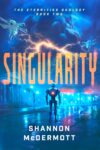






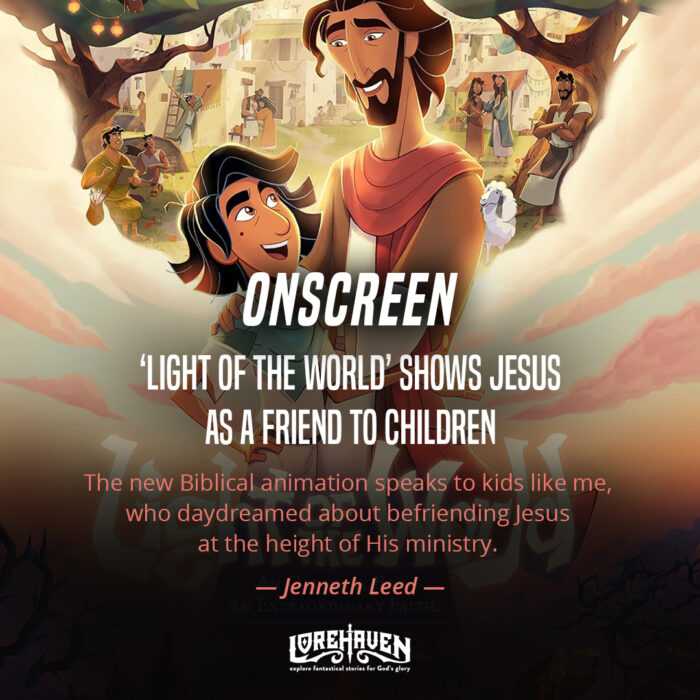
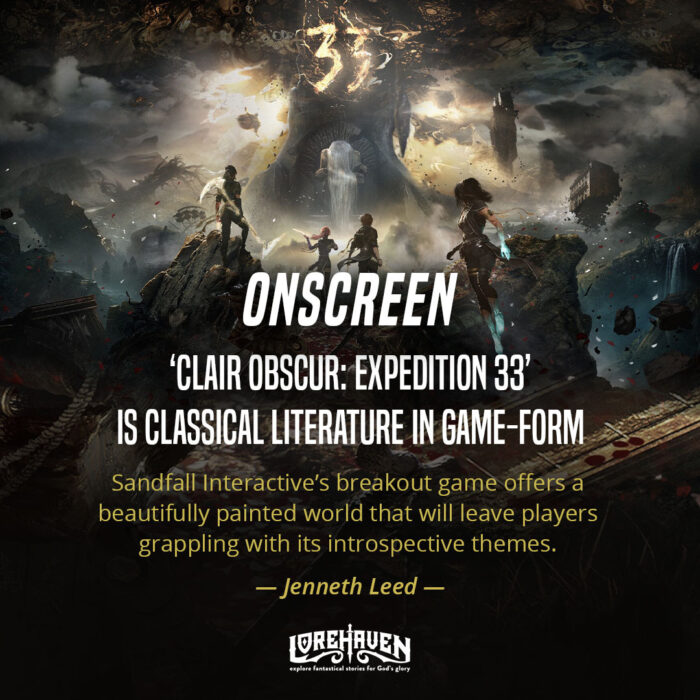

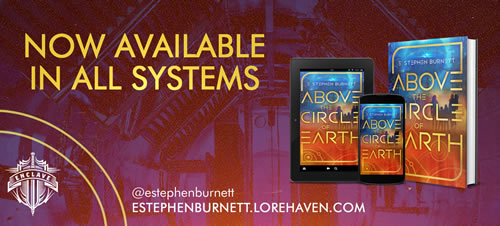
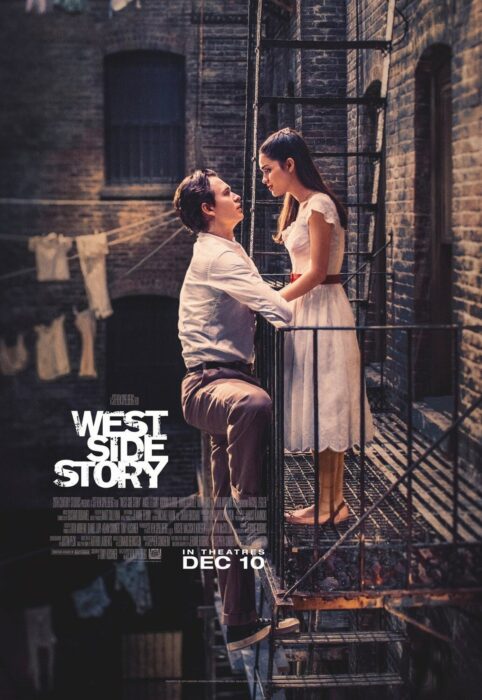





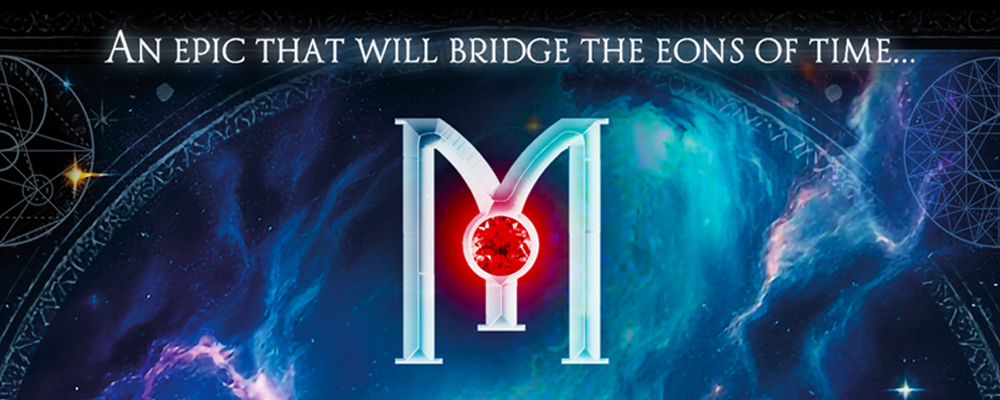

It is to my great sadness that we do not randomly break out into song or dance in the real world.
I had a great discussion about themes with my daughter after we watched the 2021 movie.